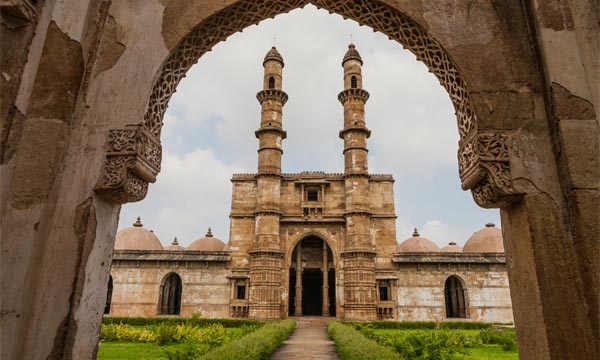
Dharavi Tour
Duration :2-3 hours

Bollywood Tour
Duration :4-5 hours

Kanheri Caves
Duration :7 hours

Karla Caves
Duration :6-7 hours

Full day Khandala/Lonavala
Duration :8 hours

Two days Khandala/Lonavala/Karla/Bhaja

Shirdi Tour
Duration :10-12 hours

Wine Tour
Duration :6-7 hours

Spice Market Tour
Duration :3 hours

Dawn Tour
Duration :4 hours

Bicycle Tour
Duration :4 hours

Discover Sailing
Duration :4 hours

Worli Village Tour
Duration :3-4 hours

Discover Mumbai including local transport
Duration :3-4 hours

Culinary Tour
Duration :2-3 hours

Rural Tourism in Karjat
Duration :12 hours

Magical Mumbai by Lights
Duration :4 hours

Amchi Mumbai
Duration :8 hours

Jewish Tour
Duration :8 hours
